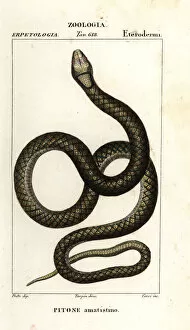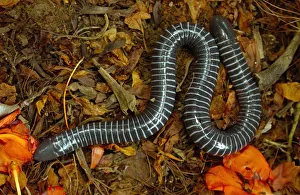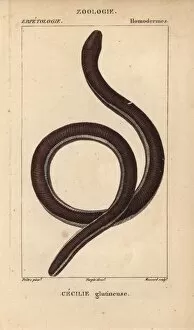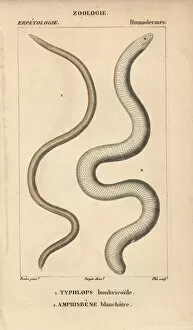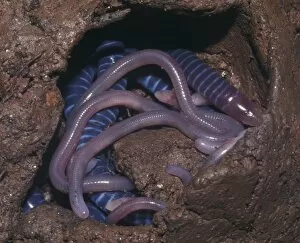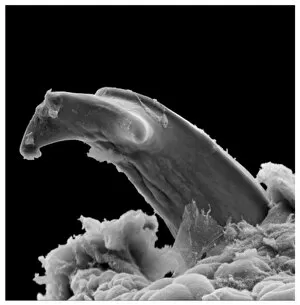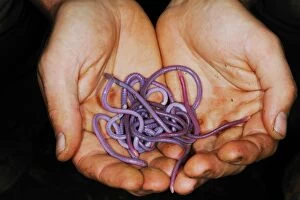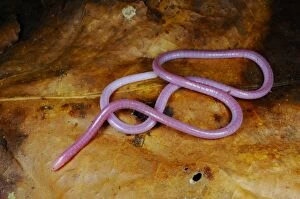Caecilian Collection
The caecilian, a fascinating creature found in various regions from Guatemala to Mexico, is an intriguing amphibian that often goes unnoticed
All Professionally Made to Order for Quick Shipping
The caecilian, a fascinating creature found in various regions from Guatemala to Mexico, is an intriguing amphibian that often goes unnoticed. One such species is the Common yellow-banded caecilian, scientifically known as Ichthyophis glutinosus. With its sleek and slimy body, it resembles a snake-like appearance rather than a typical amphibian. In contrast to its reptilian look-alike, the Amethystine python (Simalia amethistina), the caecilian possesses unique characteristics that set it apart. Take for instance the Ringed caecilian (Siphonops annulatus) with its distinct circular patterns adorning its skin. It blends seamlessly amongst leaf litter in the Amazon Rainforest of Ecuador alongside lizards and skinks. Venturing further into different habitats reveals more astonishing species like the Ceylon caecilian (Ichthyophis glutinosus) and Frail caecilian (Caecilia gracilis). The former showcases vibrant colors while slithering through dense vegetation, whereas the latter displays gracefulness despite being limbless. For those who are curious about their skeletal structure, observing a Skeleton of a Caecilian from above provides insight into their internal composition. Additionally, witnessing a brooding female caecilian with her young highlights their nurturing nature and dedication towards offspring. Even dental enthusiasts can find interest in this peculiar creature; just take a look at Boulengerula taitanus or taita caecilians' tooth structure. Their teeth serve specific purposes within their ecosystem. Researchers studying these enigmatic creatures have had rare encounters with Fischers African Caecilians (Boulengerula fischeri). Holding them gently in their hands amidst tropical montane environments allows for closer examination and understanding of these elusive beings. From Guatemala to Mexico and beyond, each encounter with these remarkable creatures sheds light on their hidden world beneath our feet.




